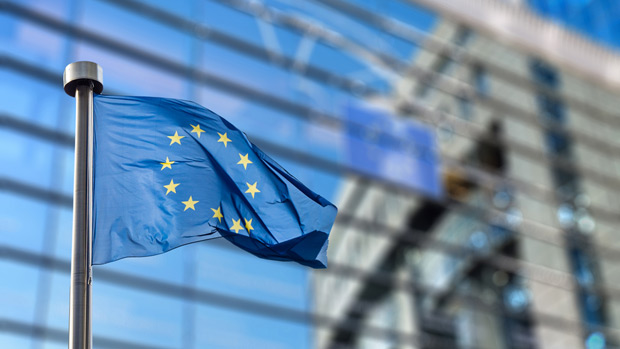In perpetual evolution, the business world is exposed to a number of transformation processes, including those relating to international supply chains. The regulatory future of VAT (Value Added Tax) compliance will condition the transformations targeting these chains and will be crucial for companies in all sectors.
Import VAT
Import value added tax is levied on goods purchased in countries outside the EU. Its amount varies depending on the country of destination. In some countries, tax needs to be paid when the goods arrive. In others, it is self-liquidated, automatically or via a license, on the periodic VAT declaration. Also, import customs duties and excise duties may apply, which subsequently complicates international trade.
Delivery of goods locally
When goods are delivered within an EU member state, VAT must be paid in accordance with the rules in force in the relevant state. In cases where a supplier is not established in a given Member State, but nevertheless has business customers in that country, an extended reverse charge procedure may be applied.
This may exempt the non-EU supplier from having to obtain a VAT number in the European country of arrival, but may complicate the reimbursement of input VAT via the refund request under the Thirteenth Directive.
Transactions relating to intra-community supply chains
Very specific rules apply to intra-community transactions which involve several Member States and several stakeholders around a single transport of goods. These operations include delivery and several local sales, depending on the number of stakeholders and agreements relating to the transport of goods between countries.
All parties in such a chain may be required to register for VAT in the Member State from which the goods are dispatched, or to which they are delivered, which entails an additional administrative burden.
The impact of VAT on the cash flow of European companies
A business’s VAT compliance can have a direct impact on its cash flow. Businesses must collect and pay VAT in each country where they operate. This often represents a significant financial burden for European companies, which should not take VAT lightly.
Governments have become aware of the financial consequences of non-compliance with VAT rules. In Europe, the VAT gap amounts to around €140 billion, representing a loss of 11% of expected VAT revenue. Let us remember: VAT is the tax that brings in the most money for governments.
However, these figures highlight the need for more VAT compliance. This is how the European Commission announced in December 2022 the VAT project in the digital age, which should allow by 2028, in the event of approval by the 27 and by Parliament, a digitalized and harmonized collection of the VAT in EU Countries.
Minimize supply chain risks with a proactive global approach
To address the complexity of VAT compliance in a global supply chain, multinationals are increasingly adopting proactive approaches.
Of course, they are supported and advised. SaaS partners are on the front line and offer so-called “regtech” solutions that combine regulatory expertise and technology to manage VAT identification, reporting and communication between businesses and governments, in each country where they operate.
A concern for businesses
Global supply chains continue to evolve and therefore VAT compliance remains a crucial concern for businesses. Understanding the intricacies and differences of VAT regulations in different countries and taking proactive steps to ensure compliance is essential to reducing operational, reputational and financial risks.
With the right approach and the help of technology, businesses can not only meet their VAT obligations, but also optimize their supply chains in an increasingly interconnected world.
